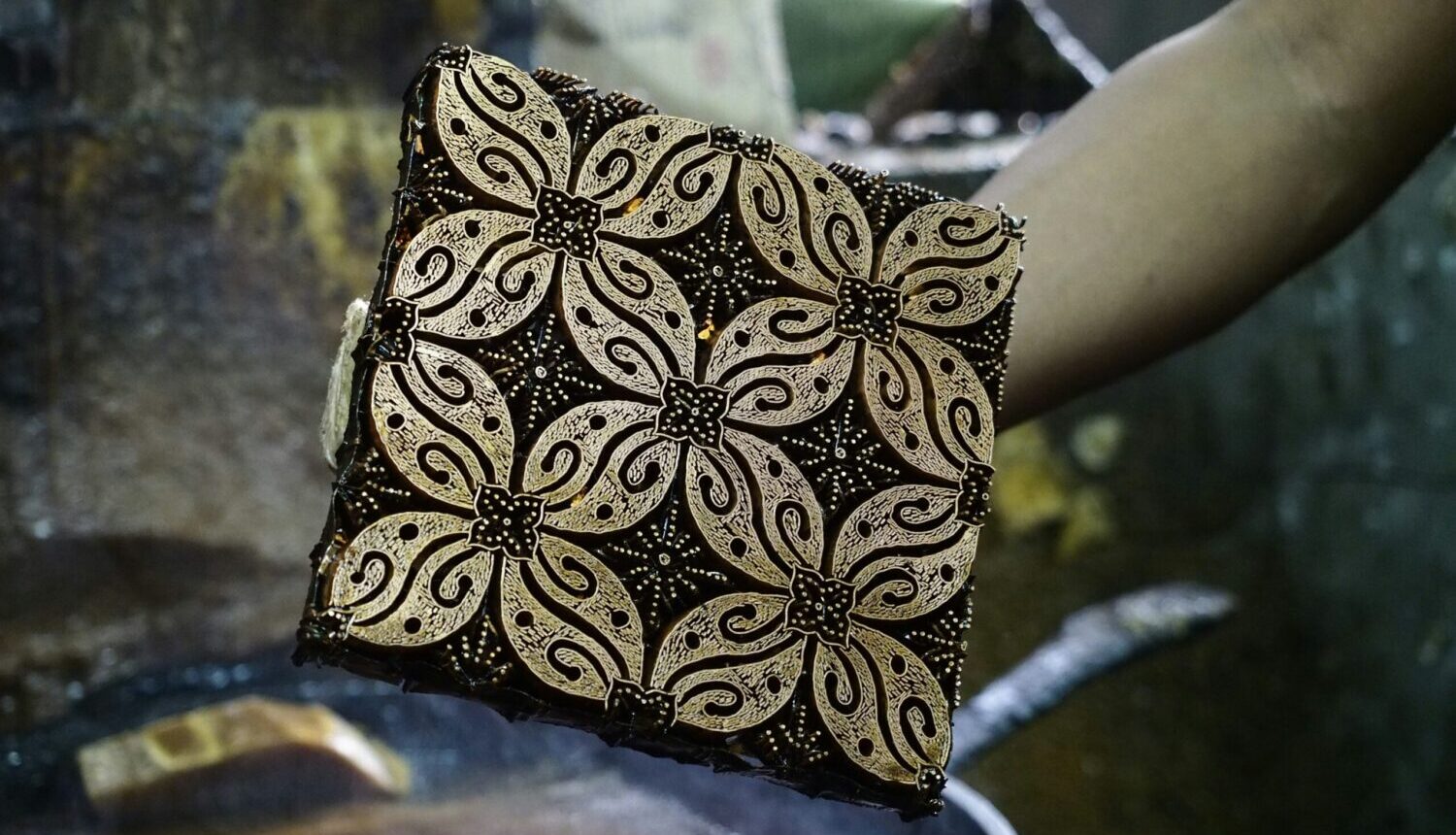Across civilizations, textiles have served more than practical functions—they’ve become canvases for identity, memory, and belief. Traditional patterns and weaving techniques often carry spiritual significance, echoing the worldview of their makers. From hand-woven Andean ponchos to intricate batik from Java, every thread can represent mythology, protection, or connection to the divine.
1. Woven Beliefs: Where Cloth Meets Spirit
In many indigenous traditions, textiles aren’t just for clothing—they are living symbols. A woven motif might represent a mountain deity, a guardian ancestor, or the cosmic order. In ancient Peru, Inca textiles used geometric codes to narrate cosmological stories. In Laos, the “siho” motif—half-elephant, half-lion—embodies spiritual guardianship.
In these traditions, to wear a certain cloth is to carry a blessing, a protection, or a sacred message.
2. Symbolism in Pattern and Color
Colors in traditional fabrics are rarely chosen at random. They often reflect a region’s spiritual worldview.
Red in African Kente symbolizes blood and sacrifice.
White in Balinese ceremonial cloths denotes purity and harmony with spirits.
Black and gold in Southeast Asia often convey mystery, elegance, or spiritual authority.
Patterns are equally meaningful: spirals for life cycles, diamonds for fertility, zigzags for water or ancestral paths. In Navajo weaving, the “Spider Woman’s Cross” is both a design and a sacred origin story.
3. Sacred Textiles in Rituals
Cloth often plays a central role in sacred ceremonies. In Hindu weddings, the bride’s sari is not only decorative—it marks a rite of passage. Tibetan monks create thangka paintings on fabric for meditation and prayer. In Ghana, funerals are marked with special mourning cloths, their patterns reflecting the relationship with the deceased.
These textiles are not mass-produced—they’re made with intentionality, prayer, and respect.
4. Gender, Identity, and Generational Wisdom
In many cultures, textile-making is traditionally passed down through women. Weaving becomes a medium for storytelling and spiritual education.
Among the Maya, young girls learn to backstrap weave while absorbing mythologies woven into huipils (traditional blouses). In parts of Indonesia, each woman’s cloth reflects her social status, tribe, and marital status.
Weaving, therefore, is not just craft—it’s a form of spiritual authorship passed across generations.
5. Threats to Tradition and Cultural Integrity
As mass production increases, many sacred patterns are reproduced for fashion or décor without understanding their original meaning. This results in cultural dilution and even disrespect. For example, when sacred Navajo symbols are printed on bikinis or yoga mats, the spiritual meaning is stripped.
Such appropriation not only commodifies culture but can deeply offend the communities where these symbols are sacred.
6. Revival and Ethical Preservation
Despite these threats, many efforts are underway to preserve the sacred essence of traditional textiles. Cultural organizations fund artisan cooperatives. Museums host exhibitions with context and care. Young designers from indigenous communities reclaim patterns with pride, ensuring that innovation doesn’t sever the spiritual roots.
Ethical fashion movements now emphasize “slow textiles”—pieces made with intention, narrative, and respect for origins.
7. Textile as a Living Archive
In the absence of written records, textiles often become historical documents. The warp and weft record more than aesthetic preferences—they speak of migration, resistance, and ritual.
A single cloth may hold generations of encoded wisdom, prayers, or clan history. This makes preservation not merely cultural but spiritual. Textile art reminds us that belief systems can live in the tactile, in fibers that carry more than color—they carry meaning.
Conclusion: More Than Fabric
Traditional textiles are living testimonies of faith, worldview, and connection. Every hand-woven pattern is a silent prayer, every dye a chosen emotion. By respecting and understanding the sacred dimension of these fabrics, we honor not only art but also the soul of a culture.




